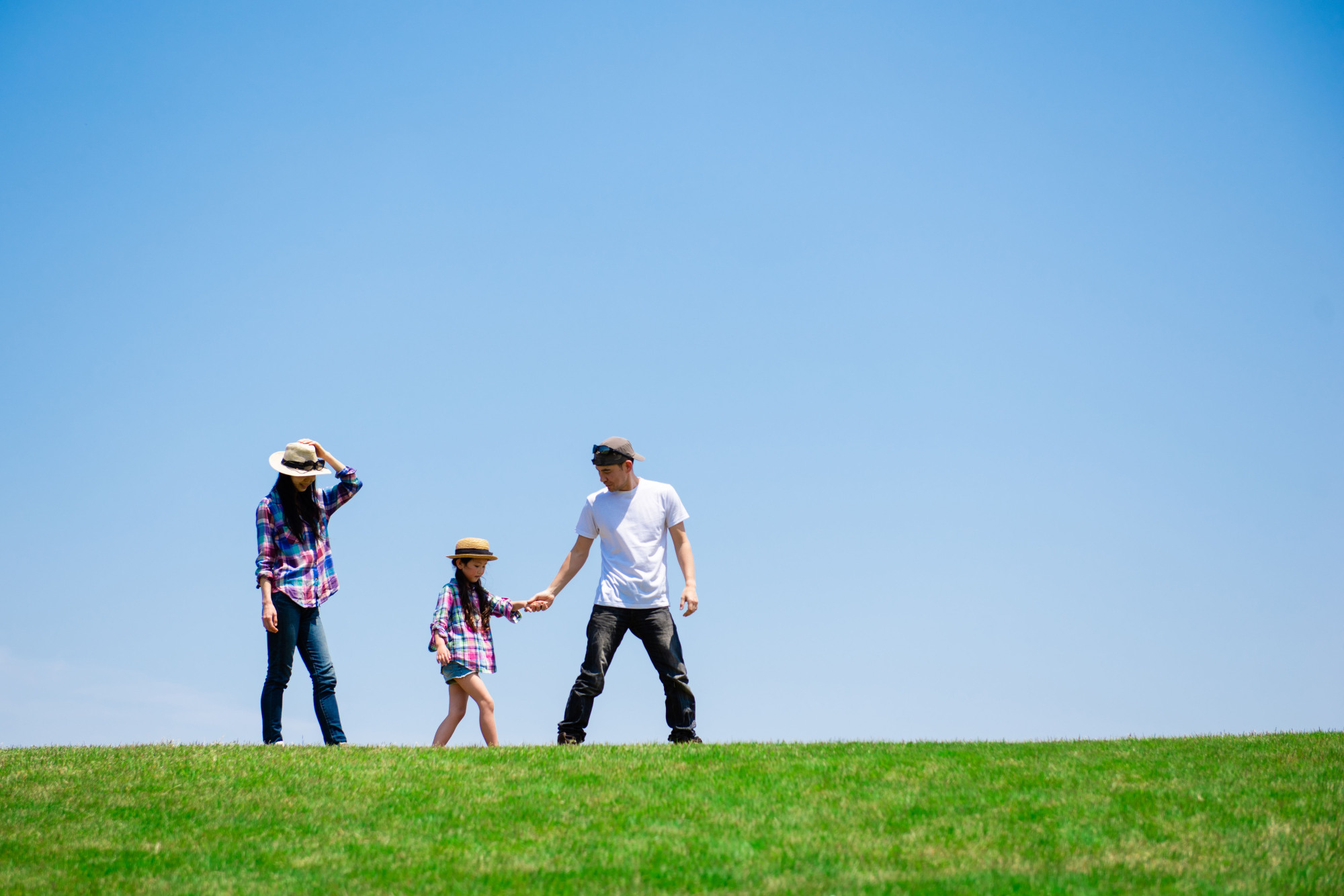If the number of newborns each year is an indicator of the hope that young adults have in the nation's future — so that they feel secure enough to have a family — Japan's prospects are fairly grim. The estimated number of babies born in this country in 2019 fell more than 50,000 from the previous year to 864,000, the lowest in the past 120 years. That is roughly 40 percent of the figure in the mid-1970s, when the nation's total fertility rate — the average number of children a woman gives birth to in her lifetime — was last at the level required to sustain the population.
As the elderly account for a larger proportion of the population, the number of deaths last year is estimated to have reached a postwar high of 1.37 million. The natural decline of the population — the number of deaths minus that of births — hit another high of 512,000. Japan lost a population equivalent to that of Tottori Prefecture (550,000) in a single year. The bad news is that the aging and shrinking of the nation's population is forecast to accelerate in the decades to come.
The problem of rapid aging and decline of Japan's population with a falling number of births is nothing new. Since the 1990s, the government has taken steps to support young couples in child rearing, such as increasing the capacity of day care services. In October, it began offering free day care services and preschool education for children 3 to 5 years old. However, these efforts have failed to produce tangible effects in reversing the long-term trend of declining births. Instead, the data show that our population is aging and shrinking more rapidly than previously forecast.

















With your current subscription plan you can comment on stories. However, before writing your first comment, please create a display name in the Profile section of your subscriber account page.